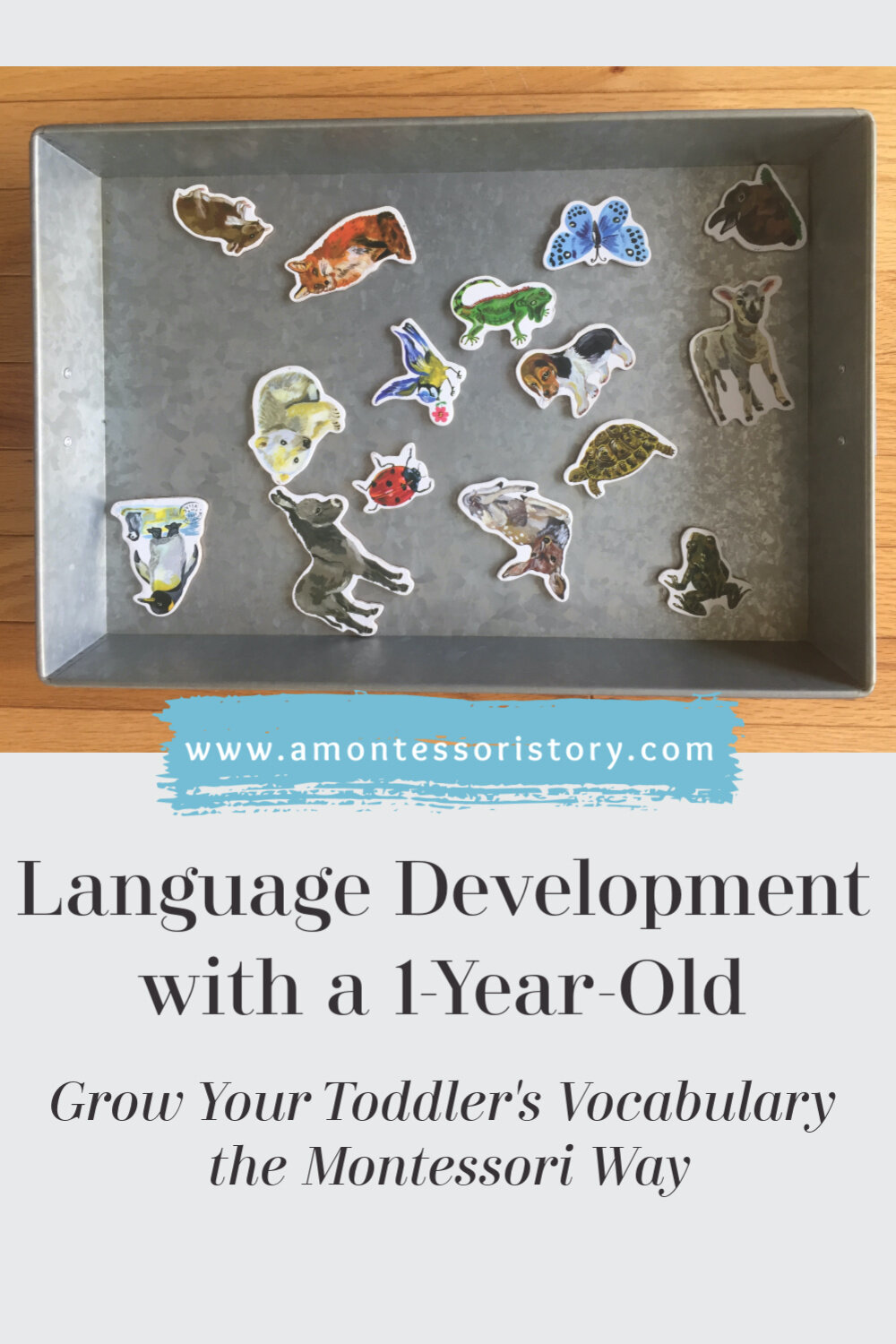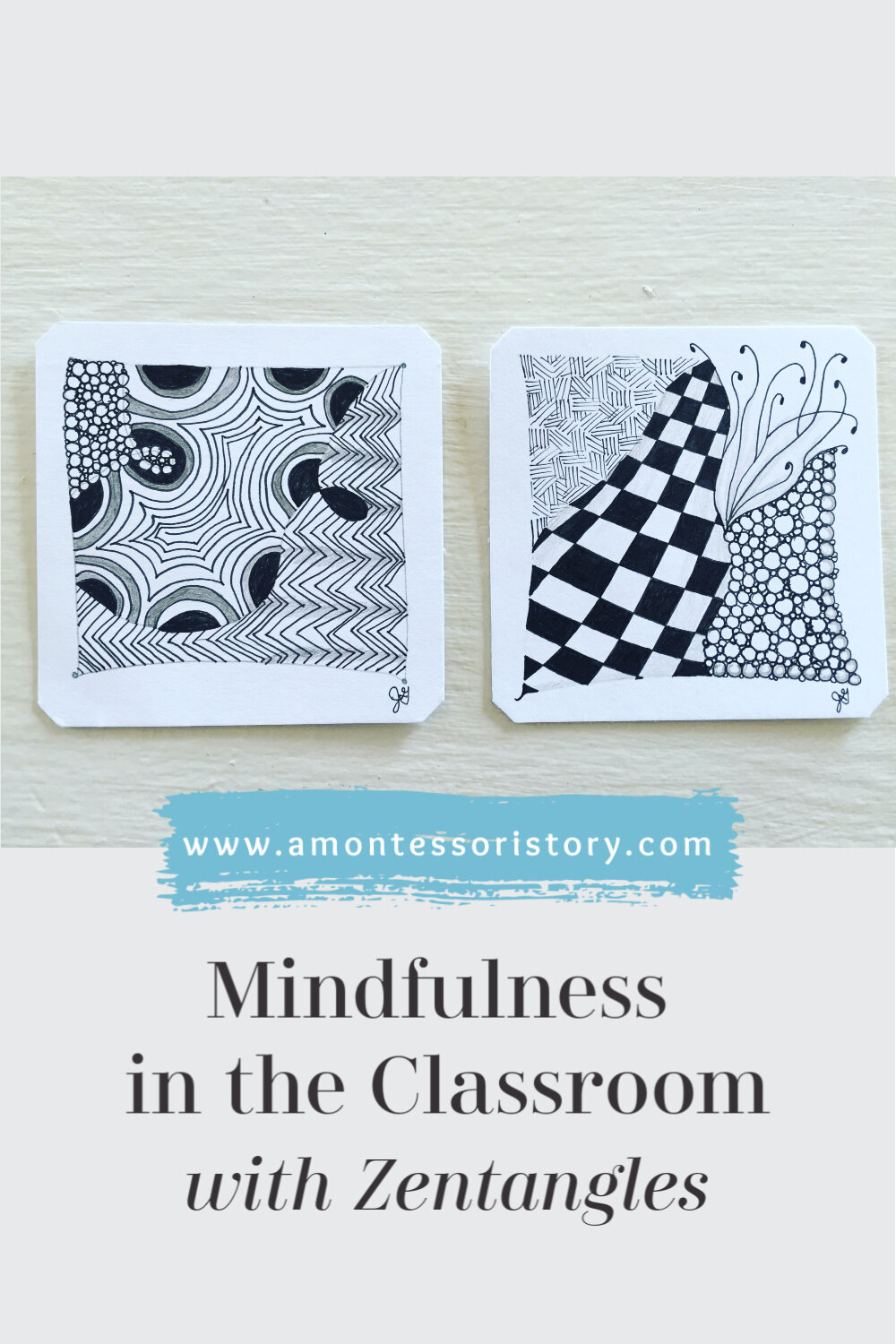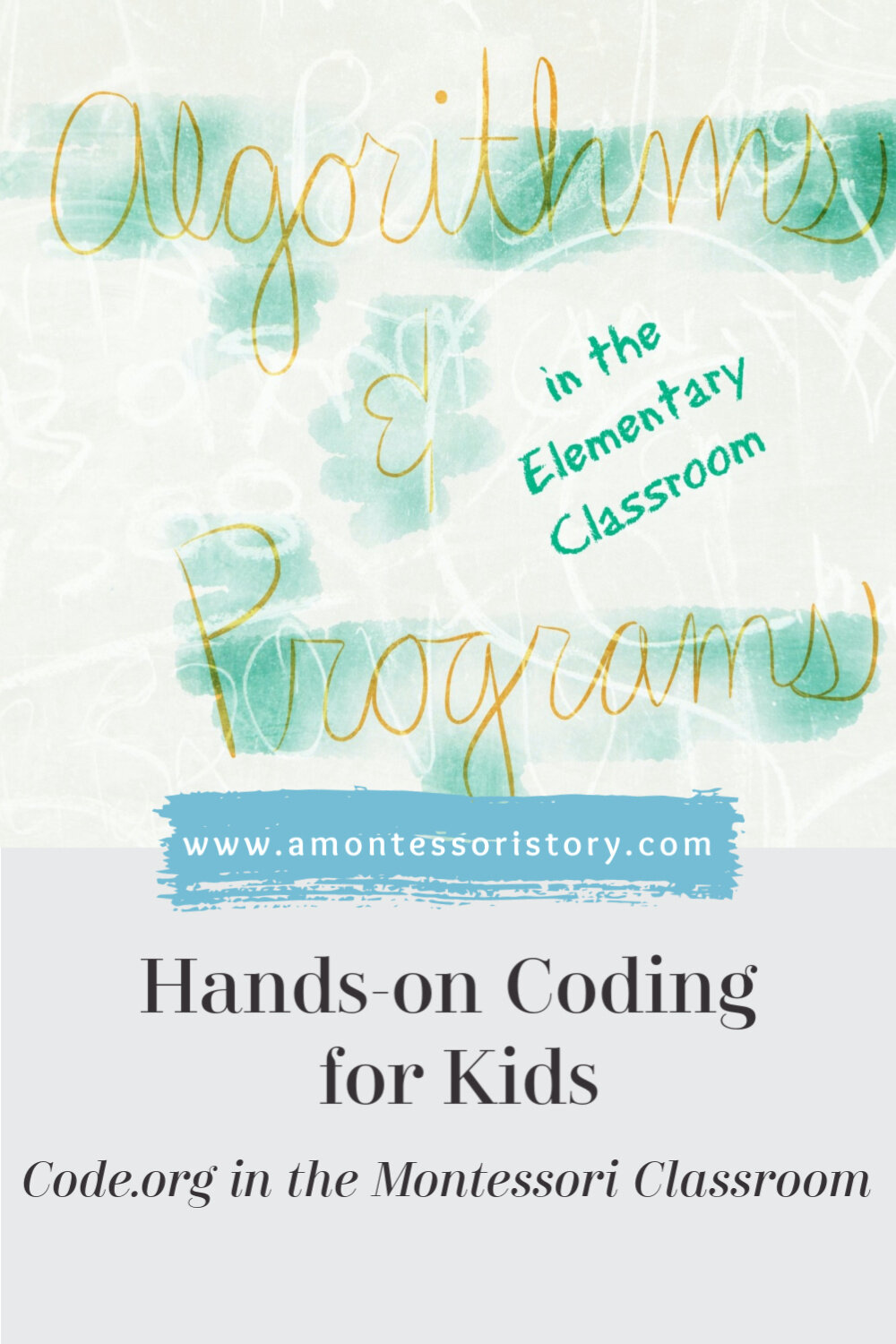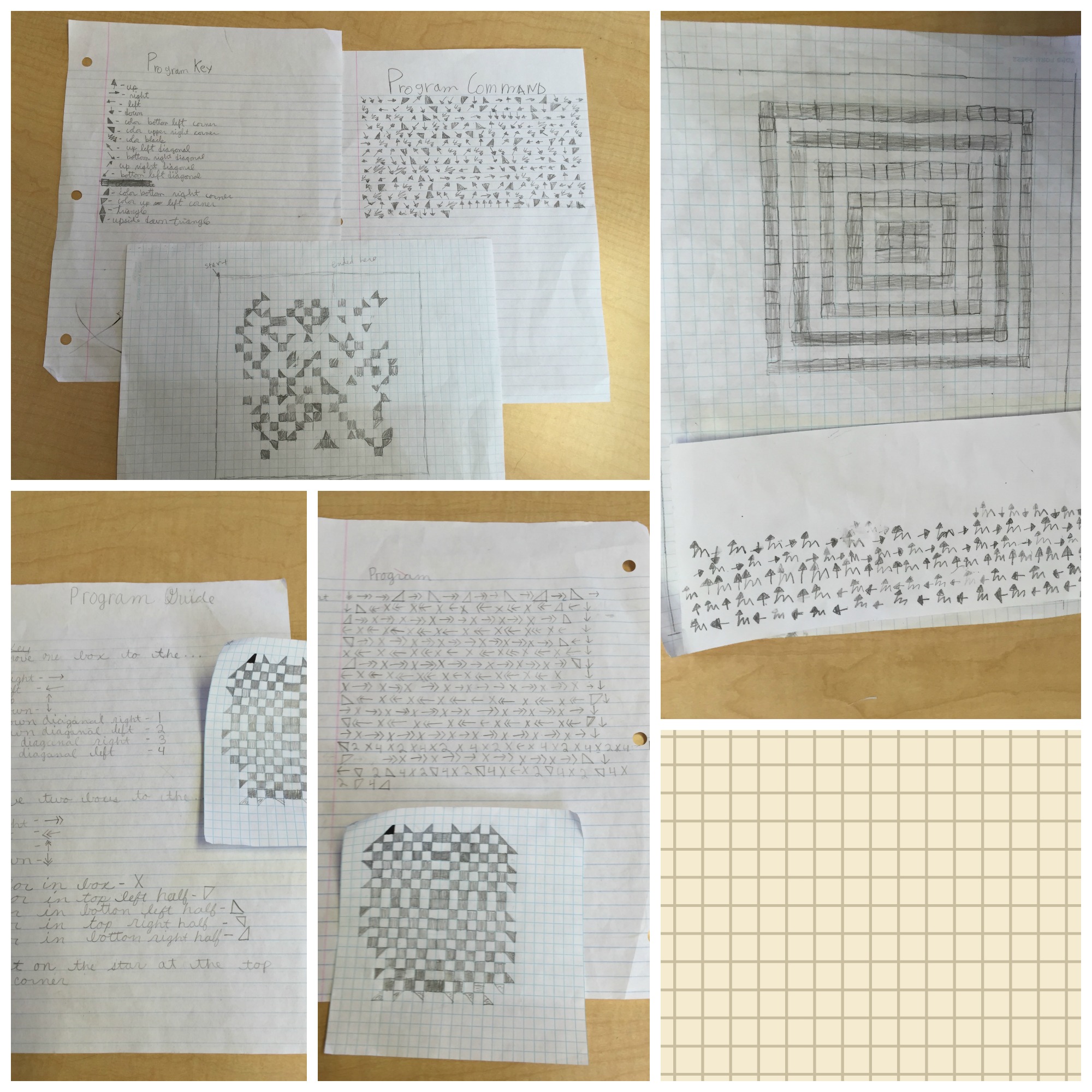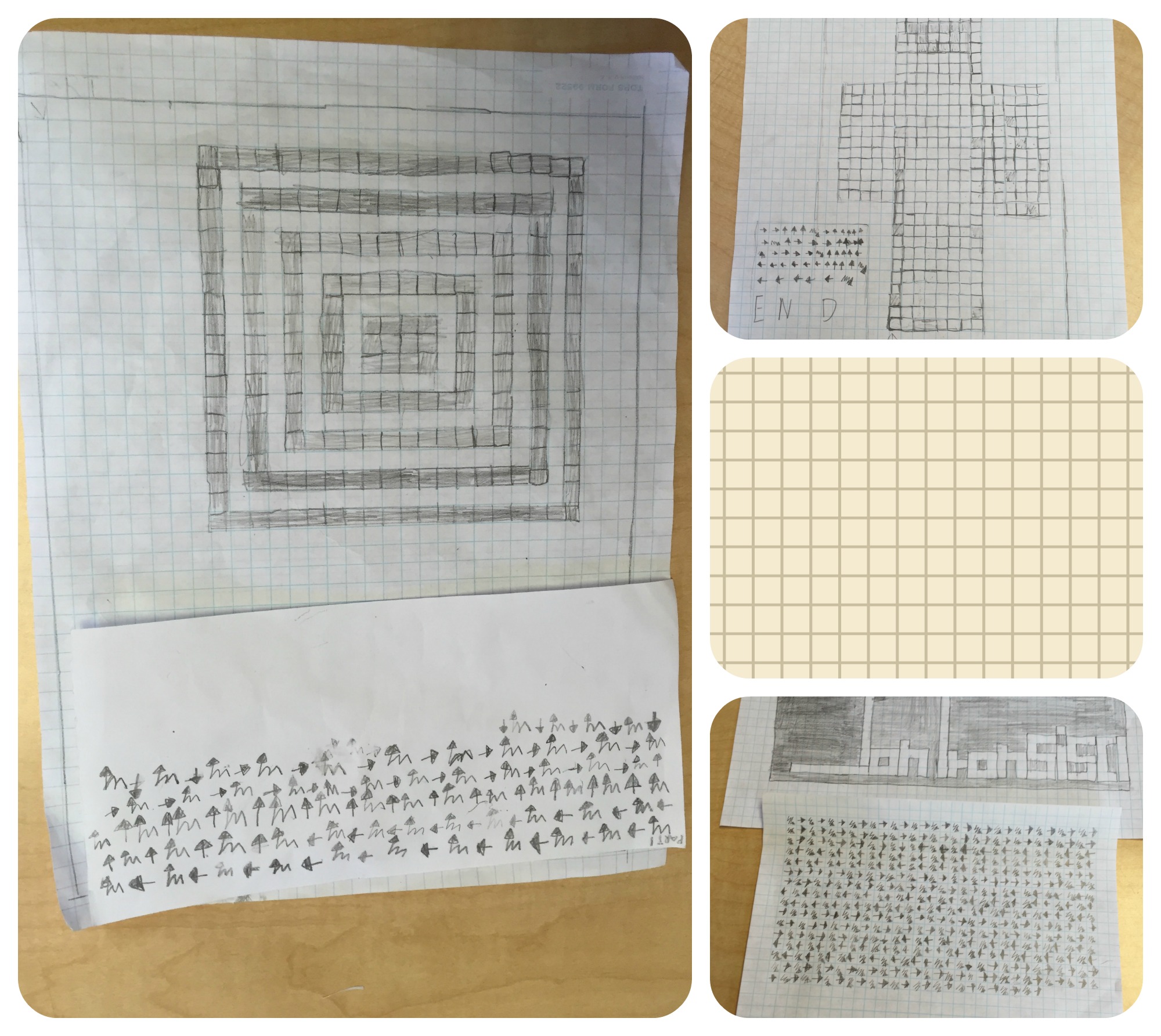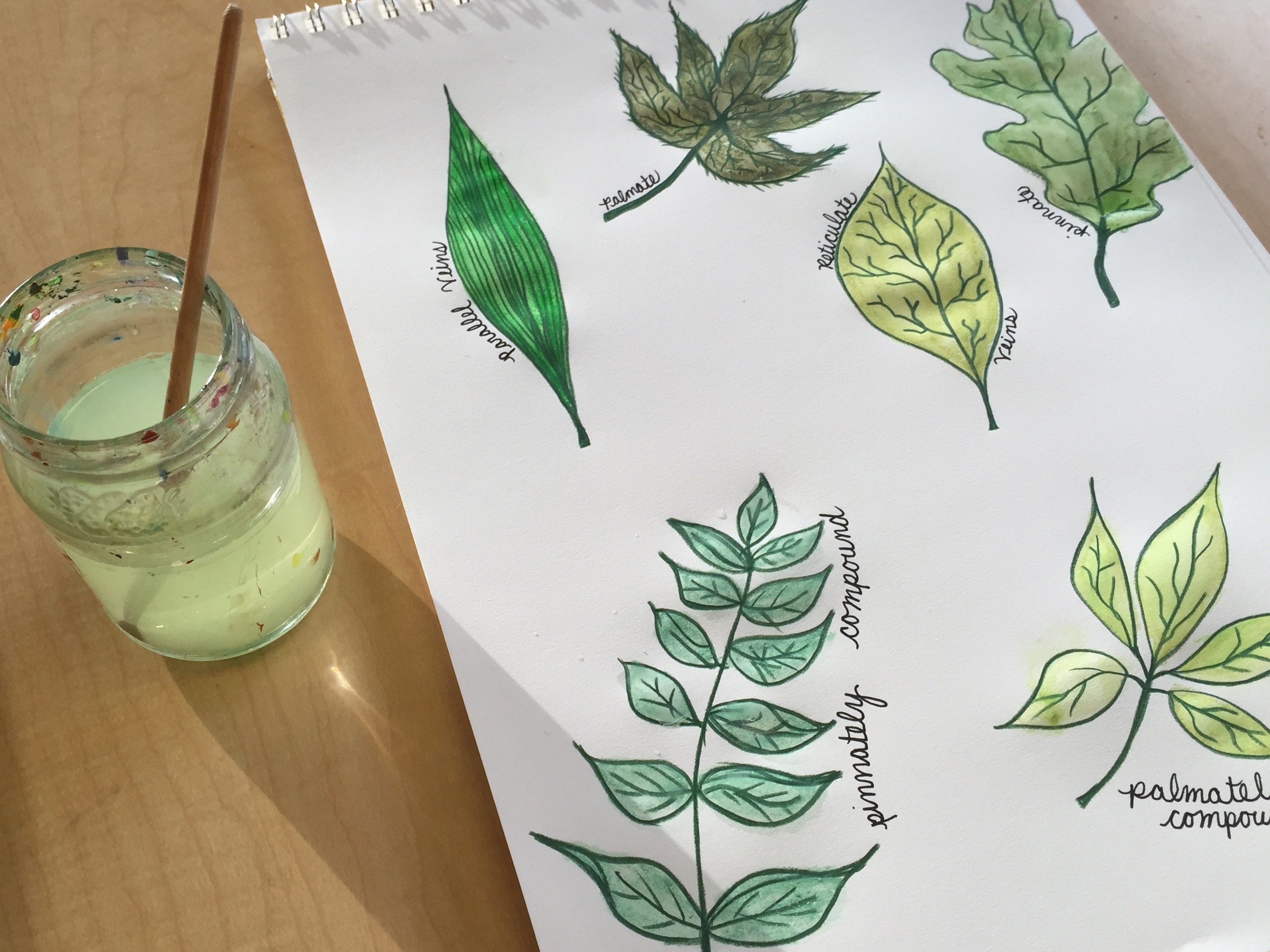Montessori Language Development with Toddlers
Today I want to share a Montessori-inspired language activity on our shelves that my one-year-old absolutely LOVES. It’s the perfect activity for toddler language development. It’s simple, no-mess, fun, and effective!
If you’re interested in learning about the Montessori language materials for the 3 to 6 age-group, you’ll definitely want to check out my post, How to Teach Your Child to Read the Montessori Way.
For his 1st birthday, I bought Oliver a set of wooden animal magnets. I love this particular set (beautifully designed by Nathalie Lété) because they are painted to look realistic instead of cartoonish. This is an important part of the Montessori philosophy–children need to first be introduced to realistic images instead of cartoonish or abstract images in order to have a good understanding of what the image actually represents. There is a great post about the reasons for using beautiful and realistic images over at How We Montessori. The fun cartoon images can come later!
I found a large, galvanized tray to keep the magnets on. Another great thing about this work is that we don't lose the pieces very often. They stay put on the tray! When I first put this together, I had no idea that it would become one of Oliver's most used and loved "toys."
In the beginning, he loved manipulating the magnets on the tray. I would point and name the animals. One day, my sweet boy repeated the word "donkey." I was awestruck! "He can say donkey! Oliver can say donkey!" It wasn't long before I could say, "Bring me the donkey," and he would do just that.
So naturally, I wanted to see what would happen if I asked him to bring me other animals. In no time at all, this animal magnet distance game was a household favorite!
Sometimes, he still confuses some of the animals. When this happens, I will isolate three animals at a time–pointing at and naming them. I think it's also important to note (and you might have noticed in the video), that anytime Oliver brings the wrong animal, I don't make a big deal about him being wrong. Instead, I name the animal that he did bring me, and we continue playing. It's important that he learns that it's okay to make mistakes and that we learn from them.
If possible, I try to show multiple examples of a particular animal in order to reinforce what the images represent.
Once Oliver seems to know all the animals in this set, I plan to change them out for a new set of animals. l also want to try fruits, veggies, shapes, vehicles, etc.
MagnaFun is another brand that makes several great sets of magnets. These Melissa & Doug shape magnets are nice, too.
And of course, it's super important for children to have real-life experiences with animals (or fruits, veggies, etc.) in addition to activities like this. Petting zoos are educational and always great fun with the littles!
What language development activities have you tried? Let me know in the comments. I'm always looking for new inspiration!
